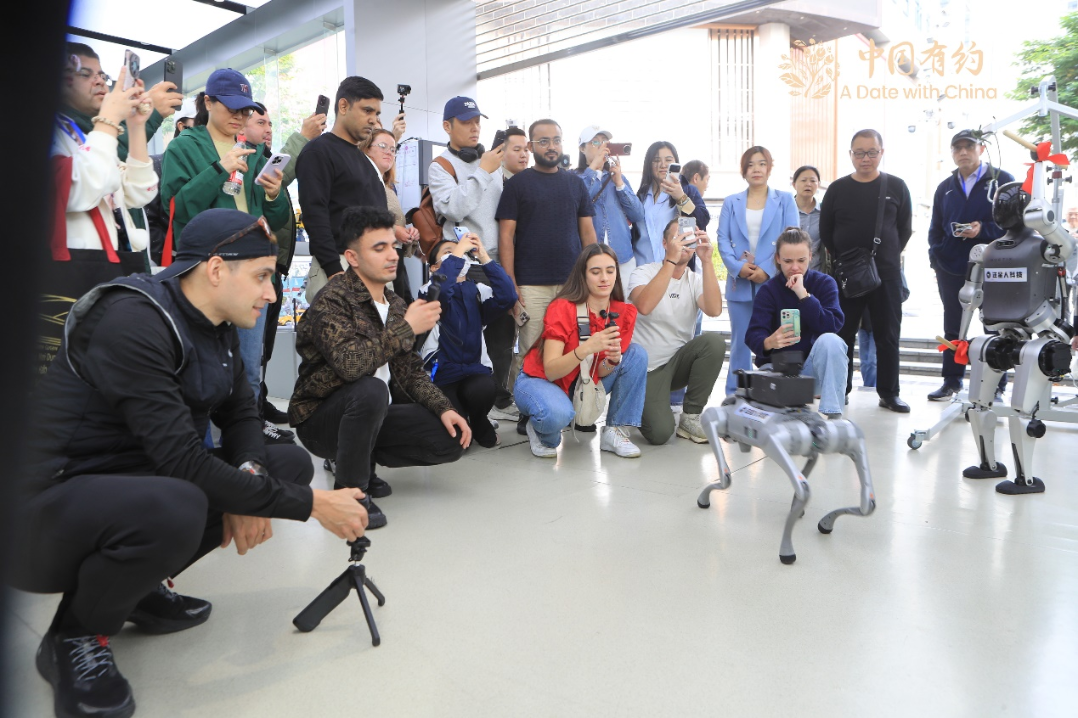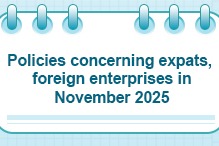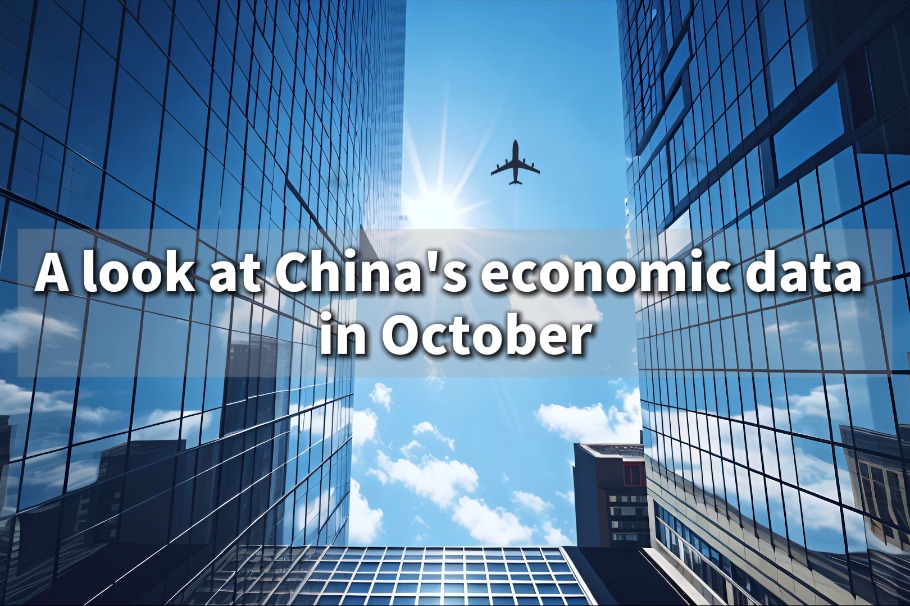Davos participants eye Belt and Road in pursuing a shared future

DAVOS - Participants of the Davos World Economic Forum (WEF) annual meeting, which closed Friday, have turned to the Belt and Road Initiative for cures for the fractured world and to create a shared future.
They expected the initiative to tie together the destiny of people living in different countries and regions through further specific actions to promote connectivity, improve living standards, boost free trade, among others.
Proposed by Chinese President Xi Jinping in 2013, the Belt and Road Initiative is aimed at promoting the connectivity of Asian, European and African continents and their adjacent seas and realizing diversified, independent, balanced and sustainable development in the countries involved.
Wide support
Embracing the spirit of peace and cooperation, openness and inclusiveness, mutual learning and mutual benefit, the initiative has gained support from more than 100 countries and international organizations.
"The Belt and Road is the best place to start working on the fractures in the world and creating connectivity," Pakistani Prime Minister Shahid Khaqan Abbasi said in a panel discussion.
He said the Belt and Road can link countries and create shared prosperity, which coincides with the theme of this year's gathering -- creating a shared future in a fractured world.
"We feel that something concerning the fractured world is discussed in Davos, Belt and Road is probably the best way to address this," said Kirill Dmitriev, chief executive of the Russian Direct Investment Fund, Russia's sovereign wealth fund with a reserved capital of $10 billion.
Chan Chun Sing, Singapore's minister in Prime Minister's Office, said the impact of the Belt and Road Initiative is threefold. Firstly, it connects markets, facilitates trade and improves people's livelihoods. Secondly, it catalyses local economies. Thirdly, it sets a system for the global economy.
Mutually beneficial projects
With regard to specific projects under the framework of the Belt and Road Initiative, Abbasi said China-Pakistan Economic Corridor is a "visible part."8 Dmitriev said that from the Russian point of view, the time cost of cross-border transportation of goods has been markedly reduced thanks to the completion of a bridge linking China's Tongjiang city in the northeastern Heilongjiang province and the Russian town of Nizhneleninskoye.
Calling for "significant collaboration," US businessman Michael Burke said: "The size and scale of infrastructure projects along the Belt and Road cannot be done by any one country, neither private sector alone or public sector alone."
Burke is the chairman and chief executive officer of AECOM, an American firm which designs, builds, finances and operates infrastructure assets in more than 150 countries and regions.
Burke said his company has been involved in the Belt and Road Initiative, collaborating with state-owned enterprises in various countries in an effort to combine "their expertise together with our private expertise."
Guiding strategy
As regards the strategy of investing in infrastructure along the Belt and Road, Jin Liqun, president of the Asian Infrastructure Investment Bank (AIIB), an international lender created by China that has attracted 84 members so far, laid out three basic criteria -- financial sustainability, environment impact and local support.
"We would be very much willing to consider any projects proposed by member countries, but we have to look at the basic requirements of those proposed projects." Jin said.
Jin said the AIIB would finance infrastructure projects in ways that will neither "leave a big footprint" on the environment, nor create problems for local communities.
In addition to infrastructure projects, WEF participants were also interested in seeing the Belt and Road Initiative play a more prominent role in strengthening financial collaboration among relevant countries.
"Growing collaboration in the financial and investment sphere is an integral part of this cross-linking of integration initiatives," said Sergey Gorkov, chairman of Russia's Vnesheconombank, a state-owned development bank
The integration of the Belt and Road Initiative and the Eurasian Economic Union will tap the potential of national, regional as well as international development institutions operating in the Eurasian region, he added.
Proposed by Russian President Vladimir Putin in 2014 to draw closer economic ties among former republics of the Soviet Union, the Eurasian Economic Union is a regional cooperation mechanism that includes Armenia, Belarus, Kazakhstan, Kyrgyzstan and Russia.




































